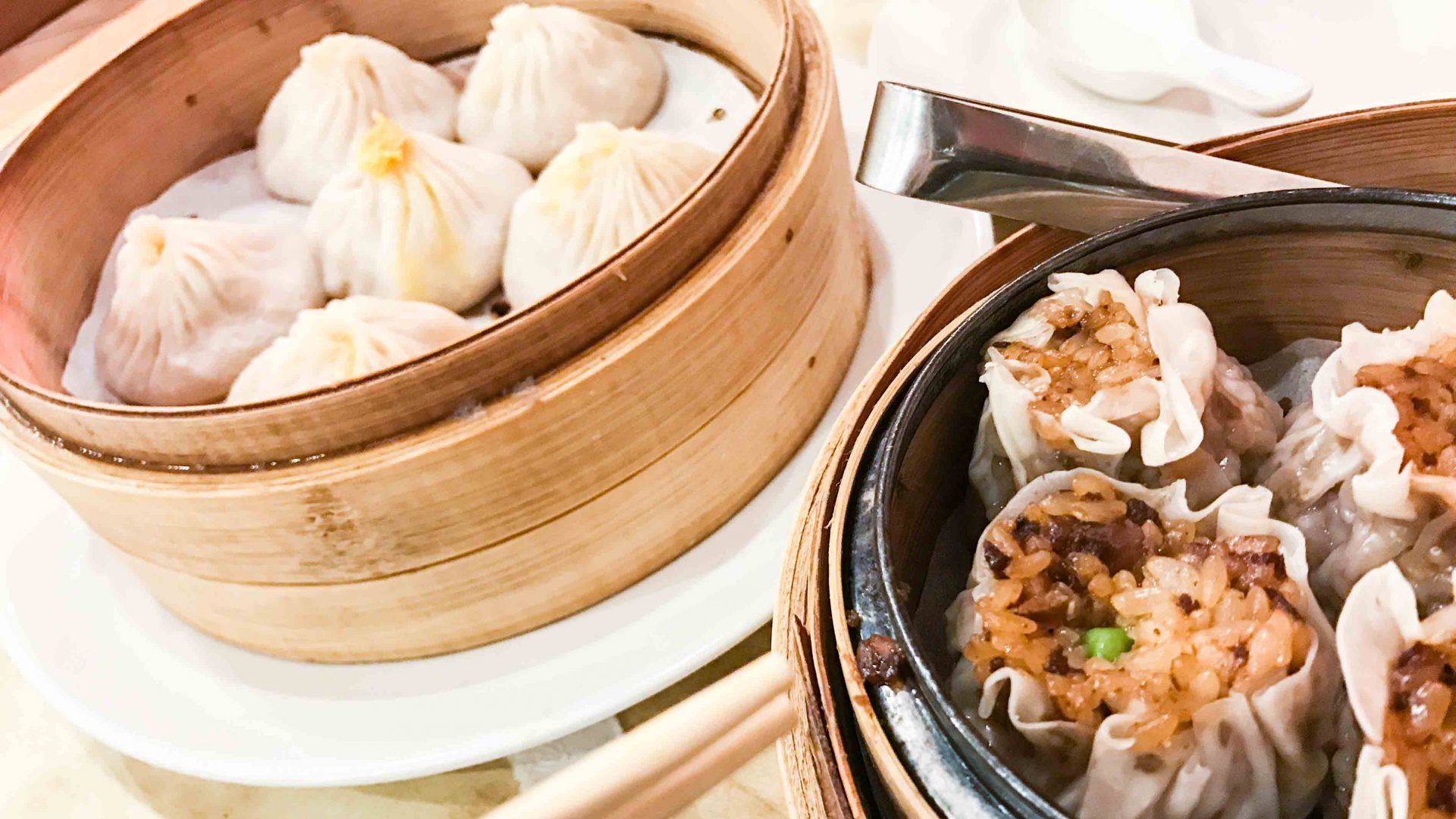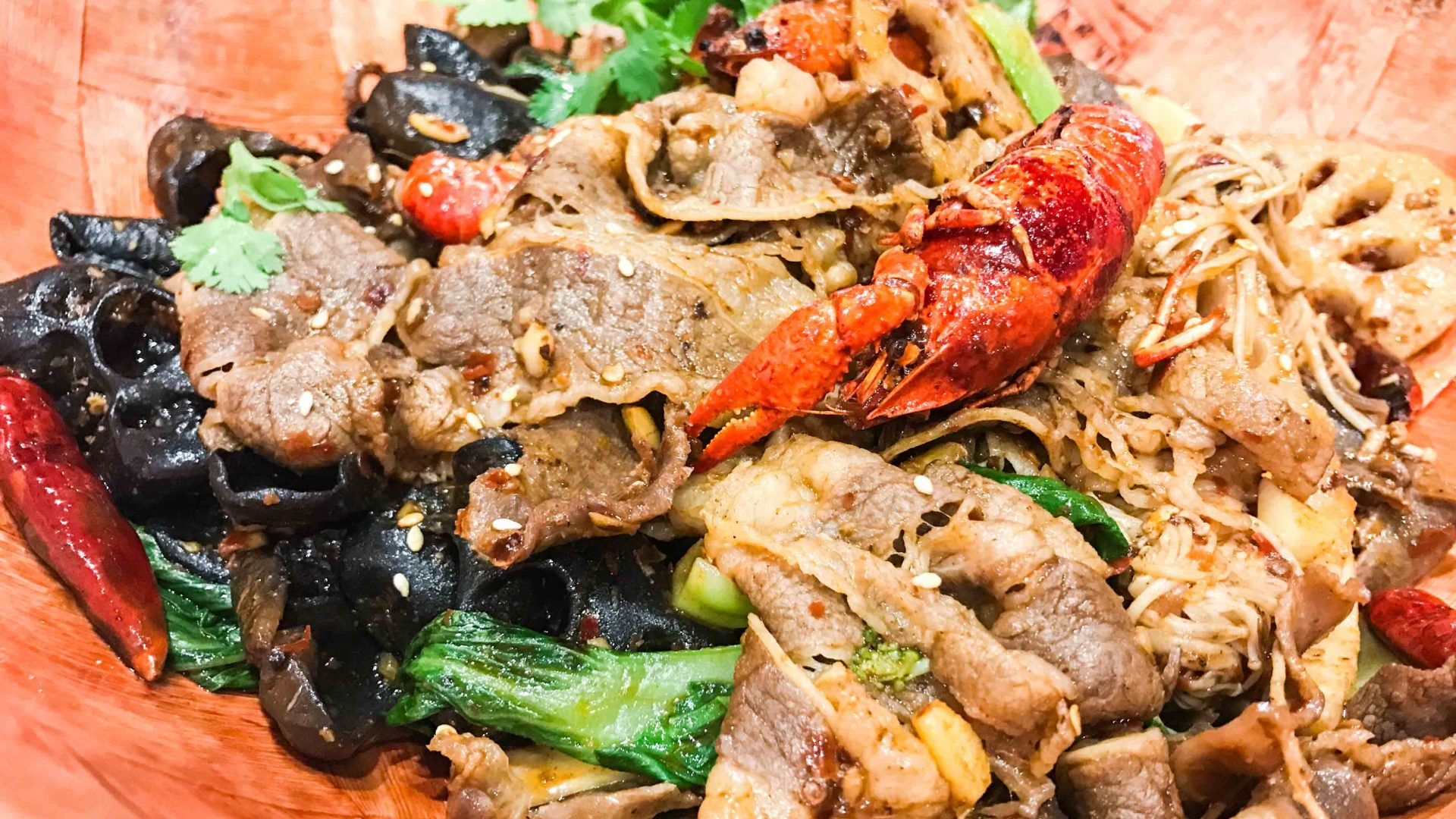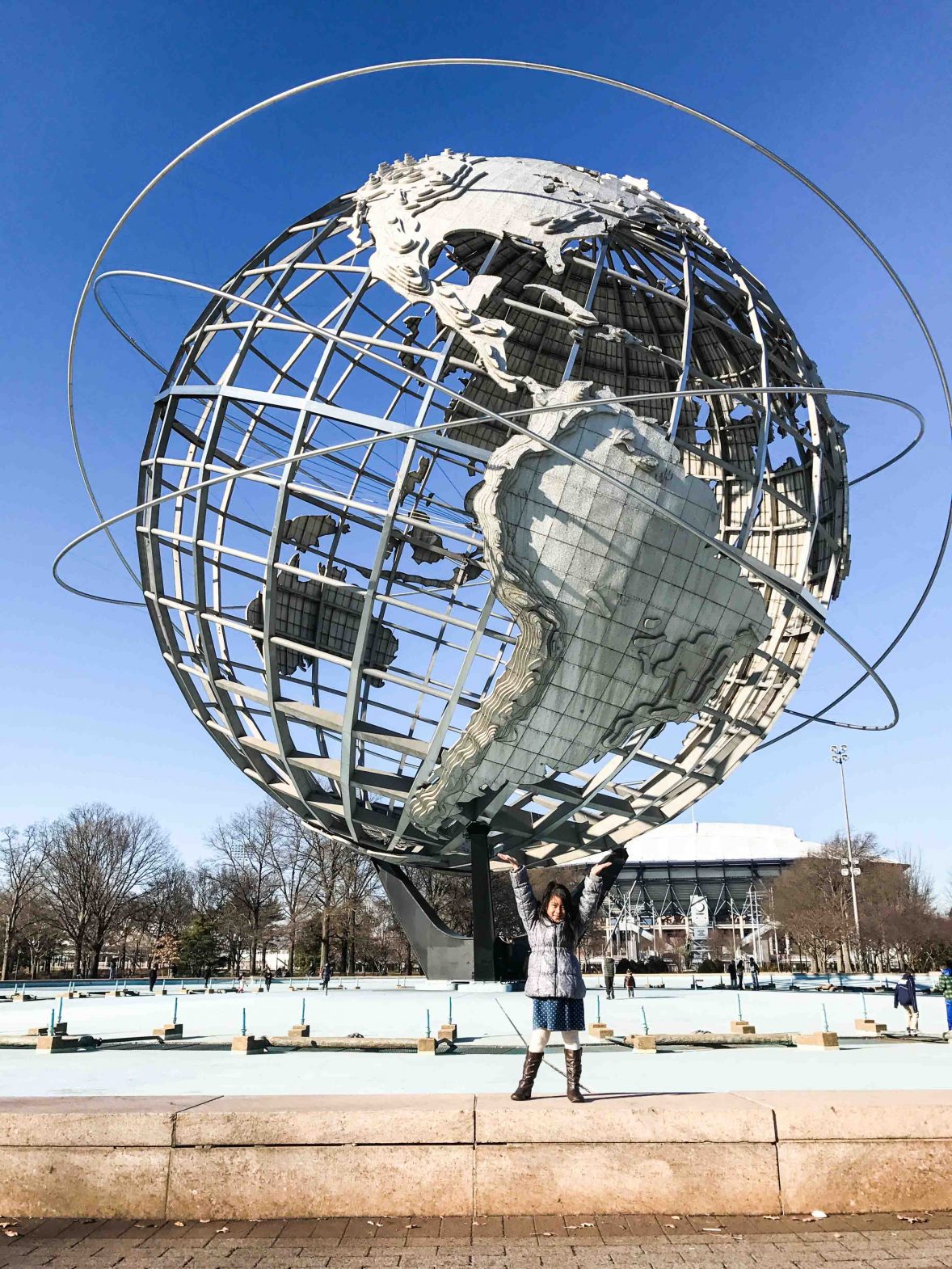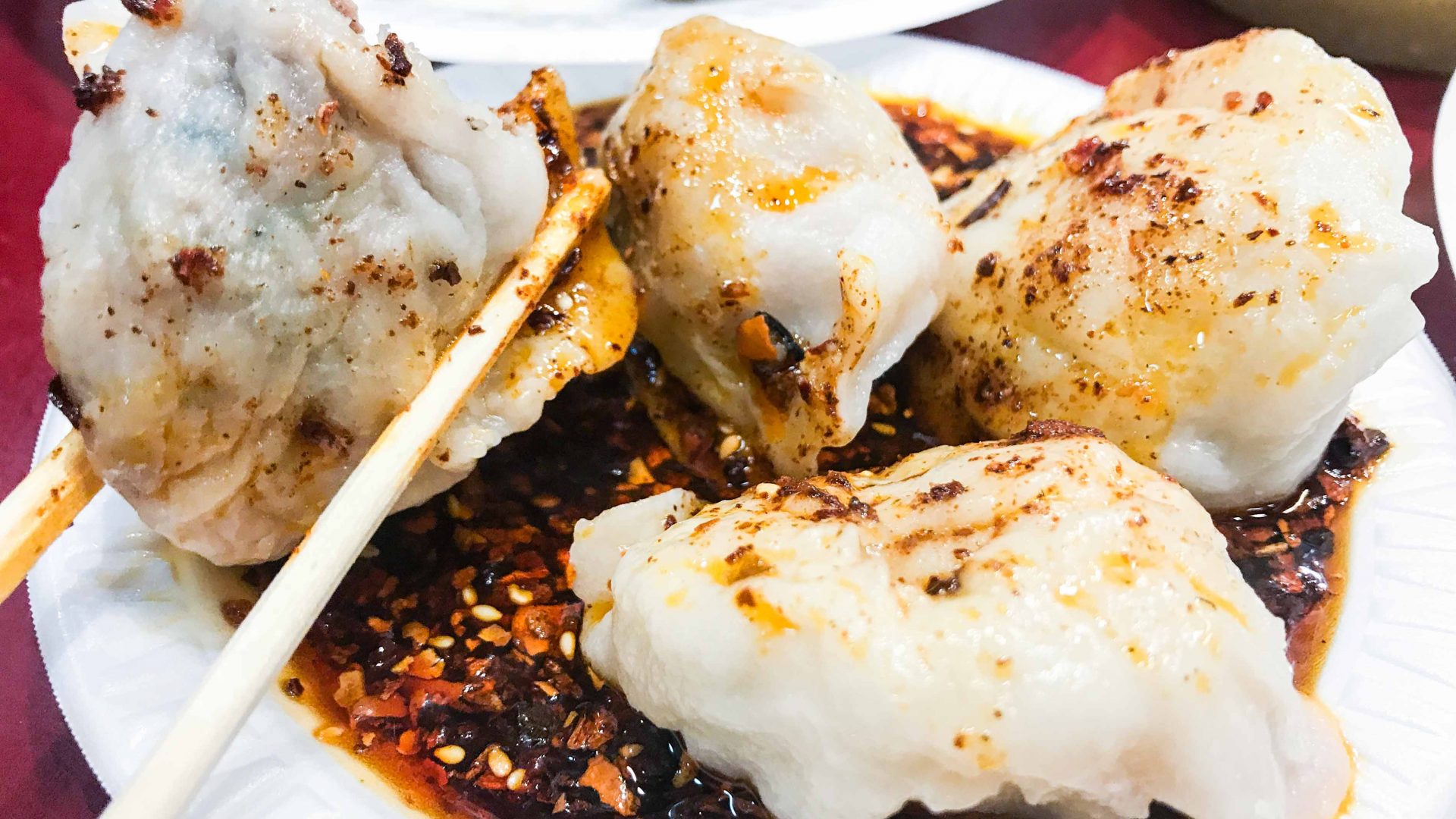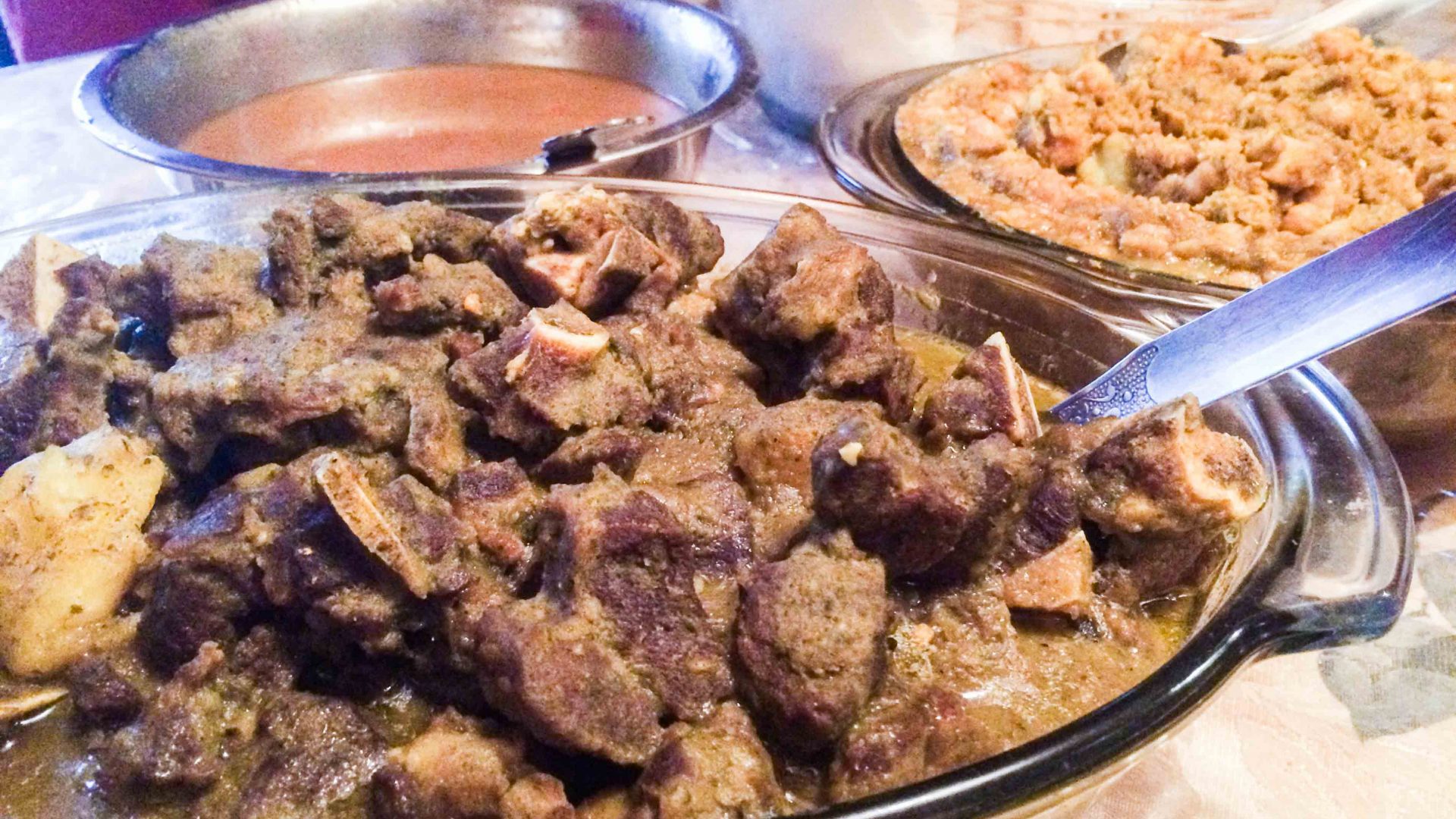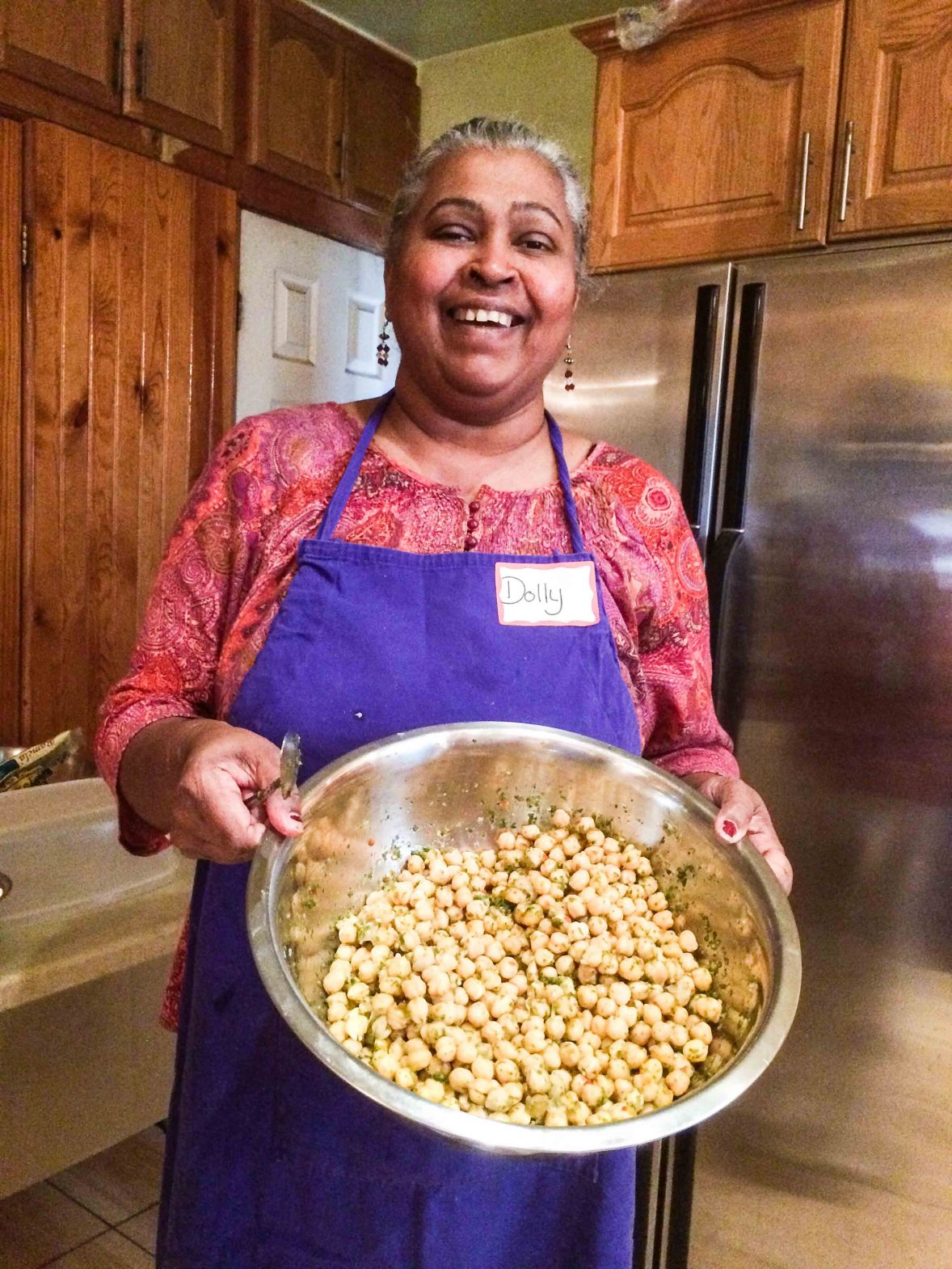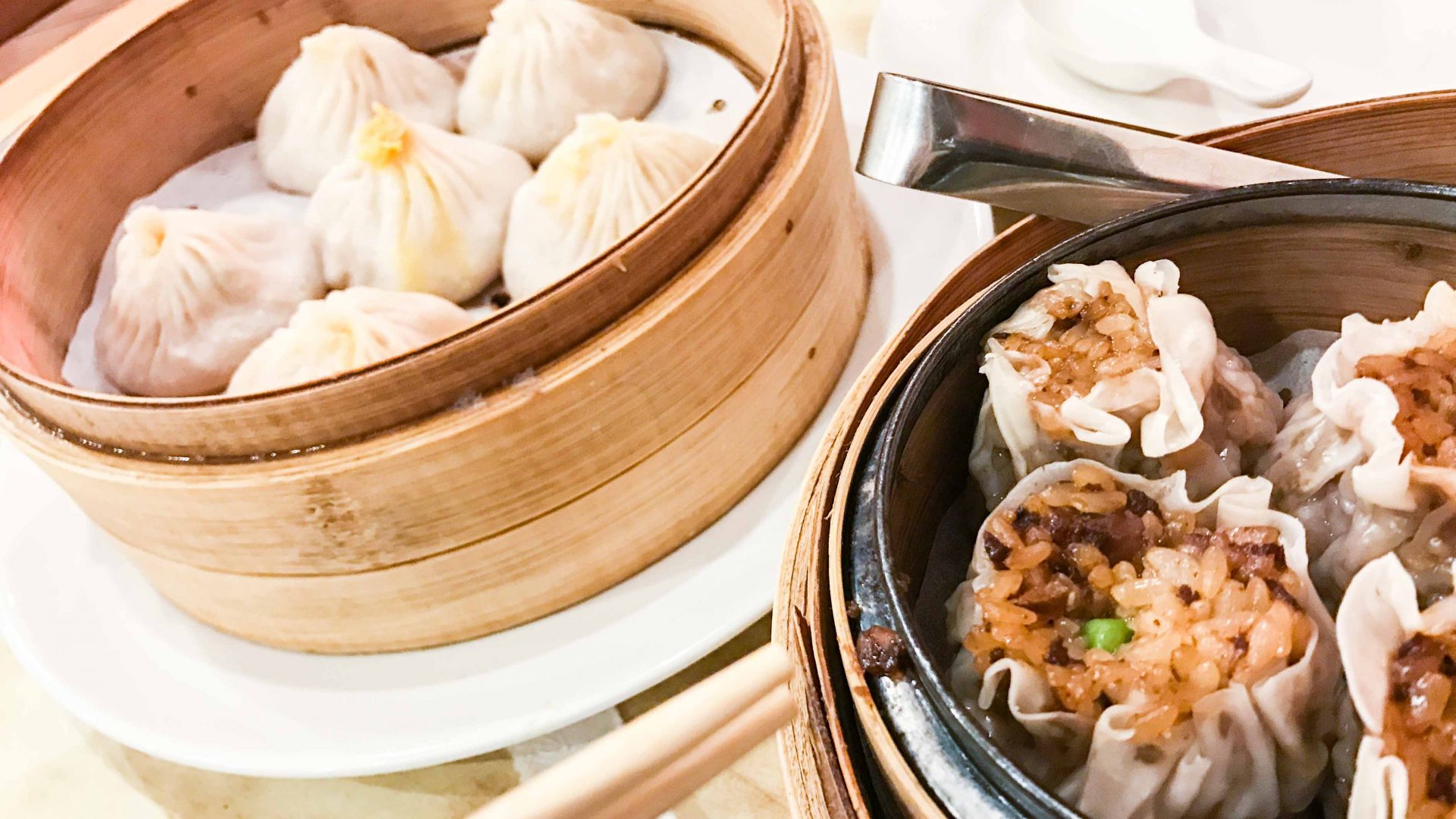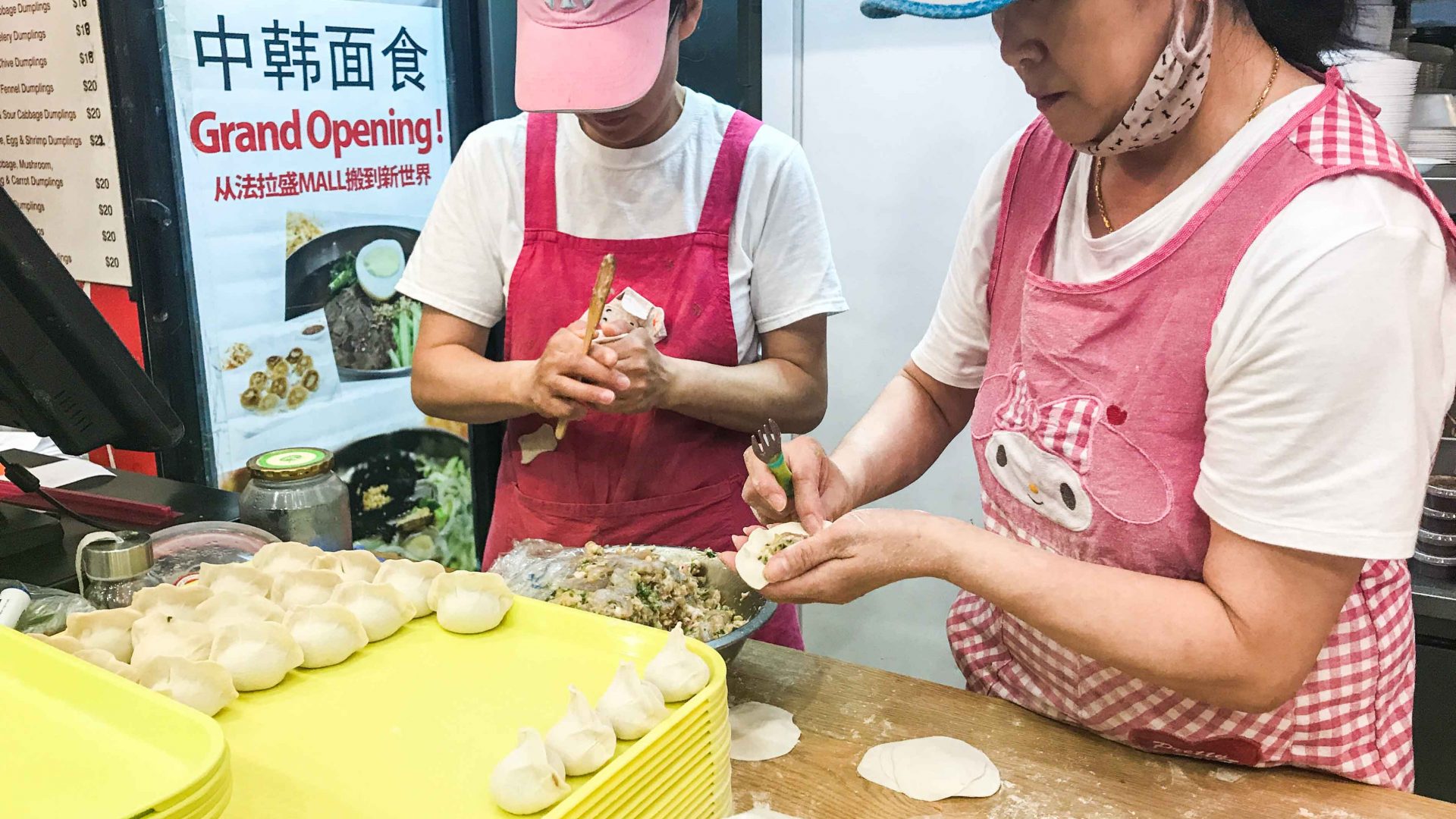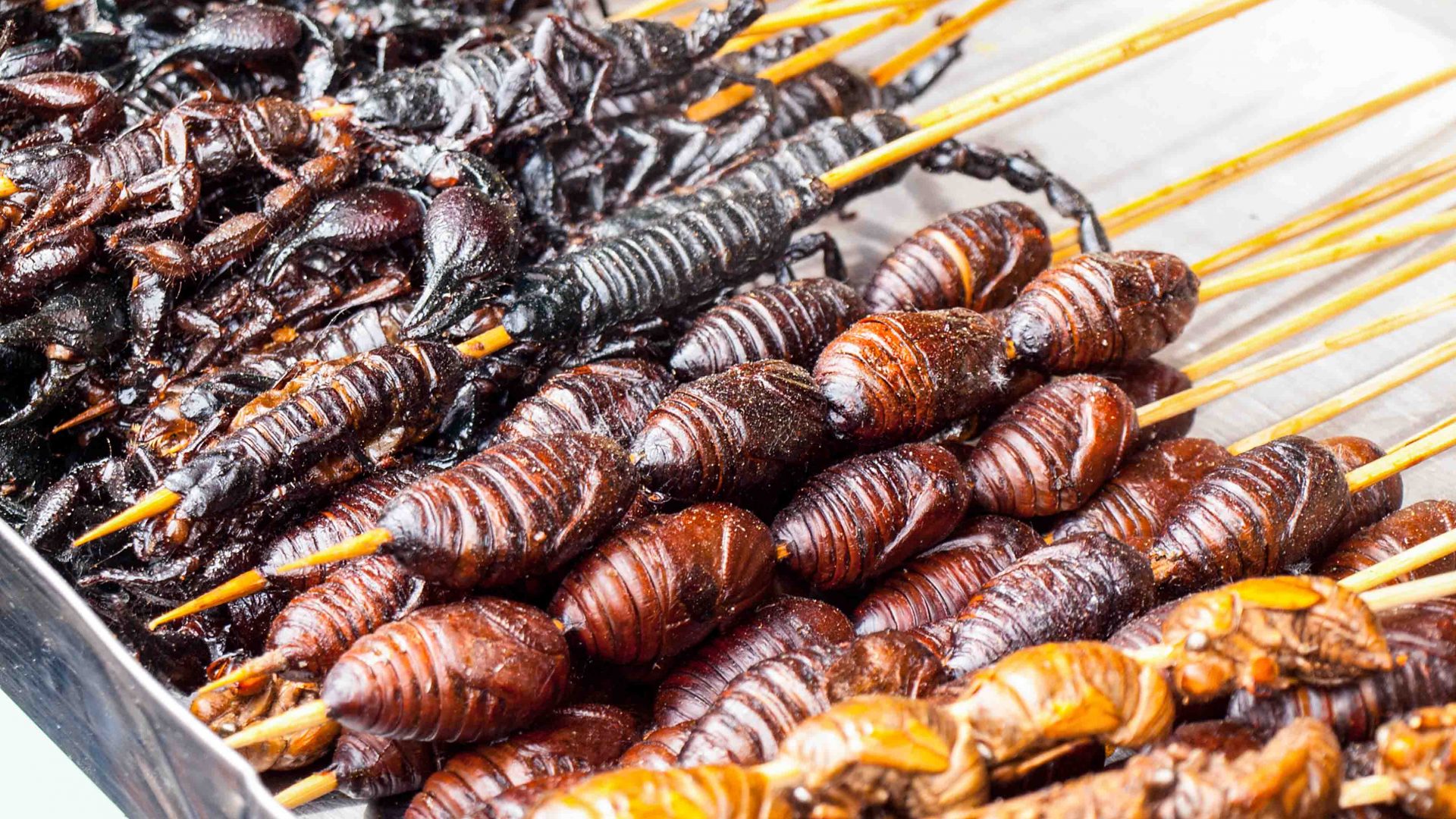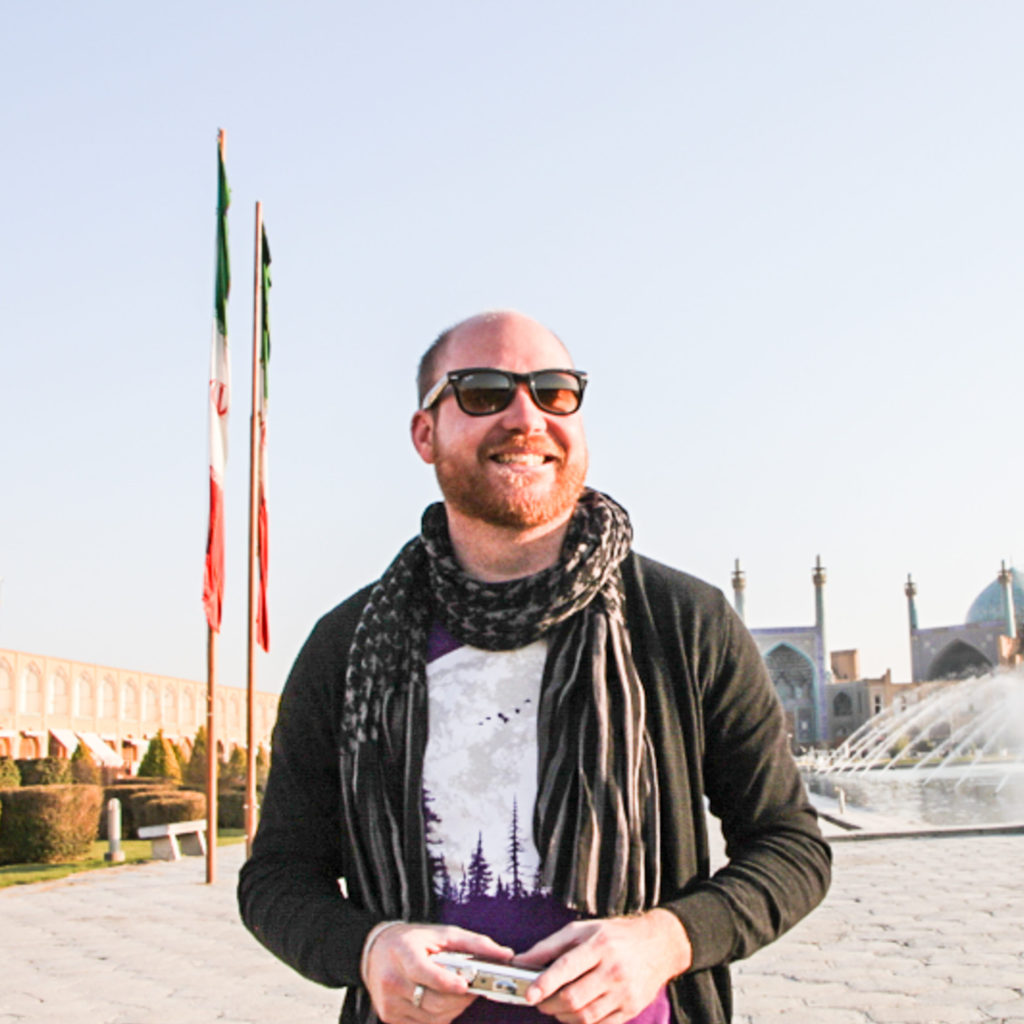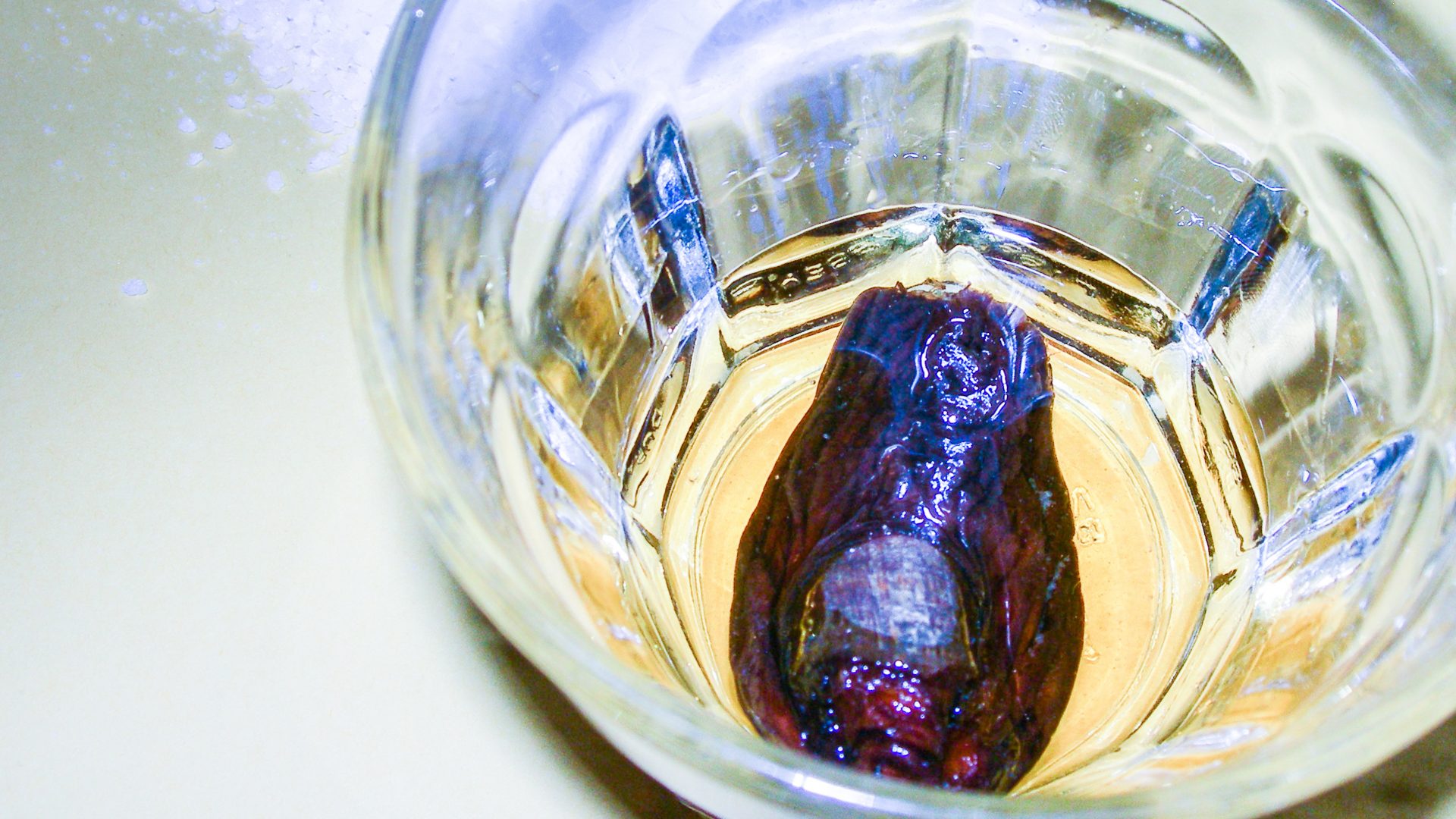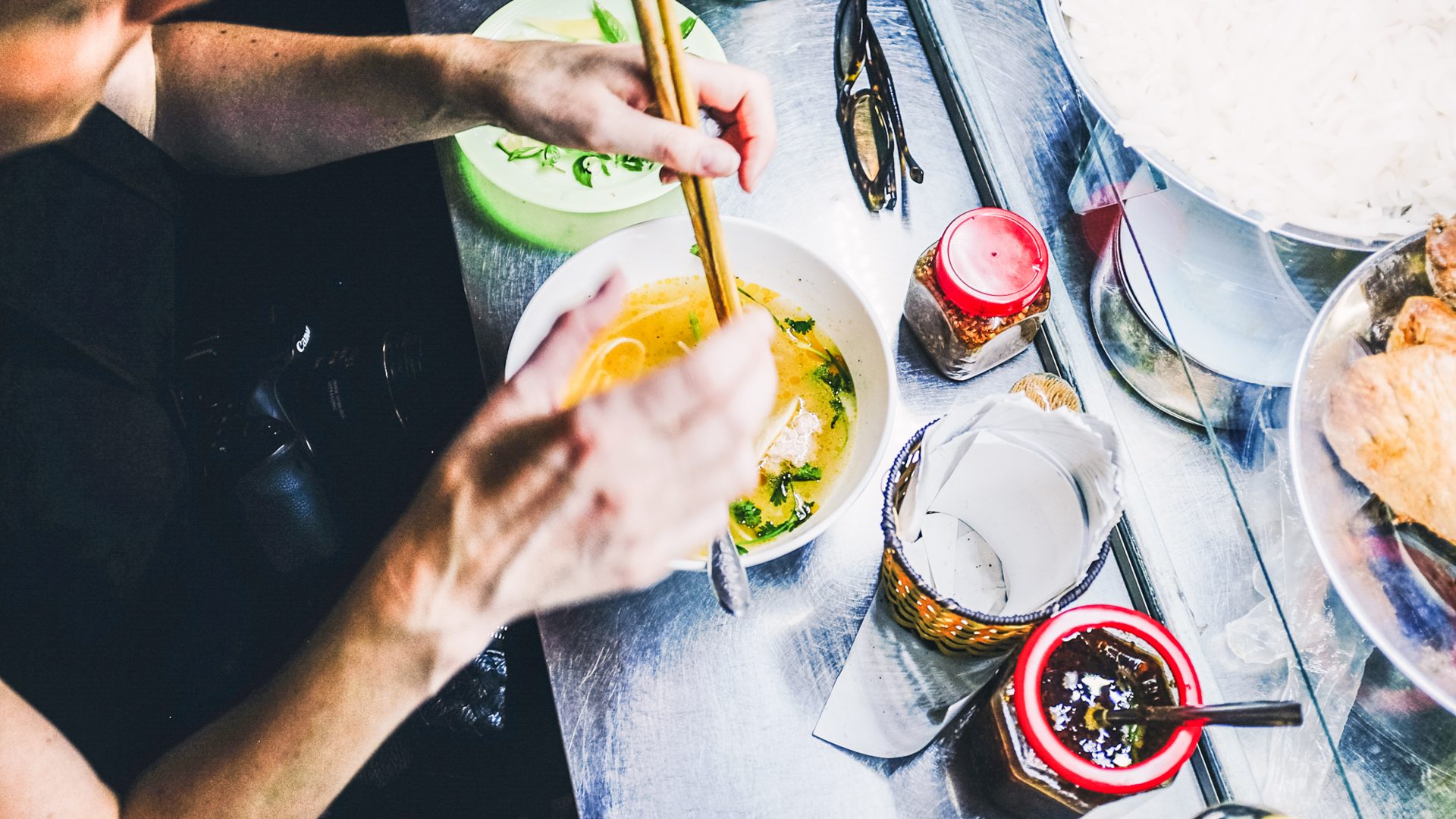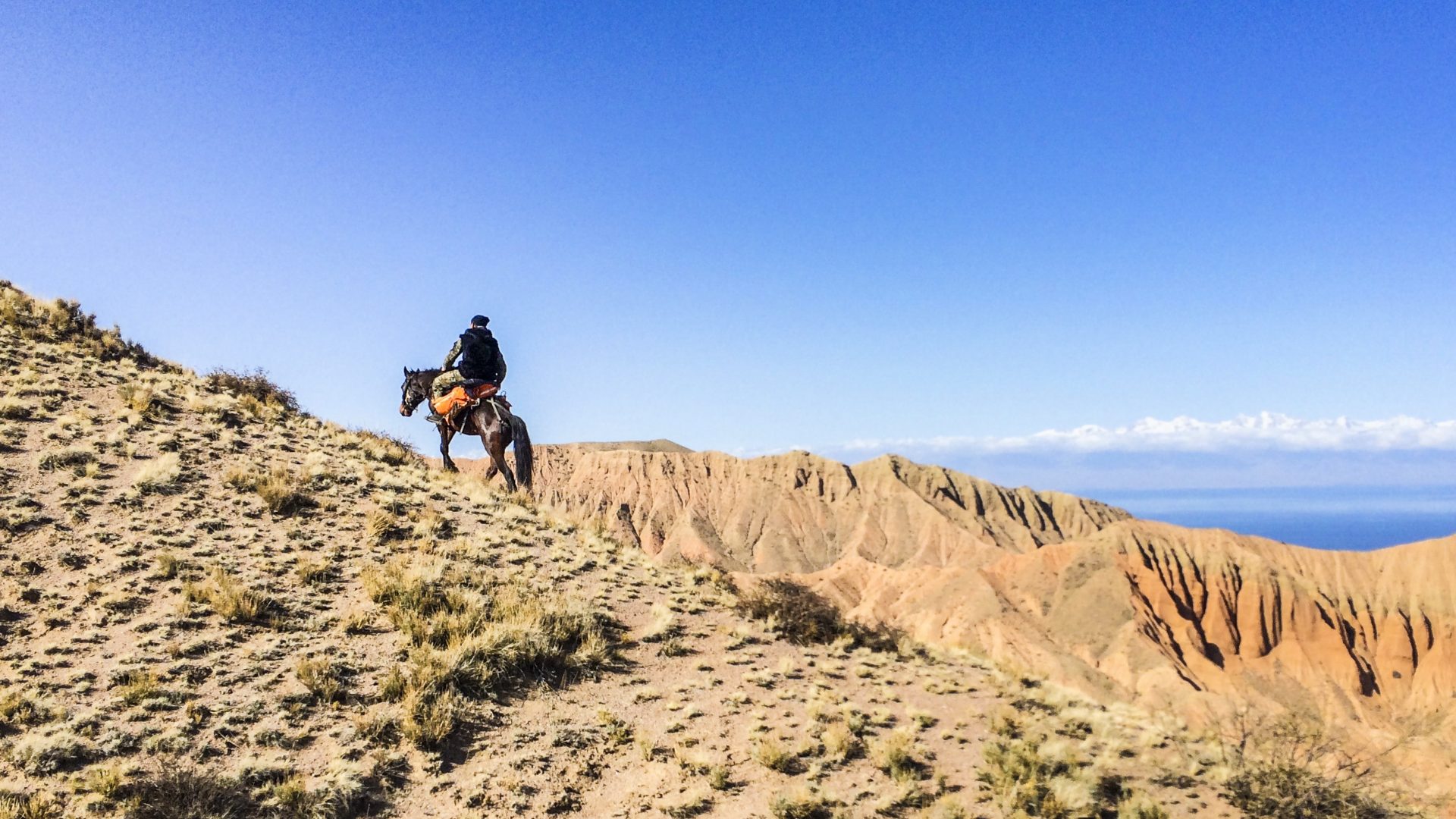New York City is known for being a big and beautiful mishmash of cultures, but there’s one borough in particular that lets you taste the whole world within just a few blocks. Erik Trinidad heads off in search of deliciousness.
Standing in the food court of the New World Mall in Flushing—a neighborhood in the New York City borough of Queens—and first glance, it appeared like the mall hangouts of my teen years in suburban New Jersey. However, upon closer look, the culinary selections were a tad different.
In a spot where there might have been an Auntie Anne’s, women at Joong Han Bon Sik were not hand-making pretzels; instead, Korean-Chinese dumplings with different fillings from fish to lamb. In lieu of a Cinnabon, a man was garnishing bonito flakes over takoyaki, balls of Japanese batter filled with diced octopus. And across the way, I saw big wooden bowls of Sichuan malatang, a spicy stir-fry containing some familiar ingredients like chicken and beef, and some not so common, like lotus root, tripe, woodear mushrooms, fish cake, and frogs’ legs. Panda Express, this was not.
Flushing has one of the biggest Chinatowns in the country, and as I strolled through its streets, it felt more like a scene out of modern Beijing—especially compared to its counterpart in lower Manhattan, which still retains a vintage early 20th century vibe. Here, the food isn’t just Chinese; it’s Cantonese, Shanghainese, Taiwanese, Sichuan, Hunan, Henan, Yunnan, Lanzhou, and western Chinese—influenced by the Arab traders of the Silk Road. And the regions of China represented in Flushing are joined by other Southeast Asian cuisines, from Japan, Korea, Vietnam, Malaysia, and Thailand. My stomach wasn’t big enough to sample it all in one visit, and I’ve had to make several trips to even scratch the surface of what’s on offer, from xiao long bao (Shanghainese soup dumplings) to Lanzhou hand-pulled lamian (noodles) with beef tendons.
A huge community from the Indian subcontinent resides in Jackson Heights at the Roosevelt Ave-Jackson Heights station, where the likes of Hillary Clinton and Harrison Ford have dined at the humble Jackson Diner, a popular pan-Indian restaurant serving curries from the north, and dosas from the south. I’d had my fill of tandoori there, but for spices hailing from specific regions, I’ve made my way to Himalayan Yak to try the Nepalese/Tibetan fare, where dishes like tender yak shapta and raayo saag (a mustard green stew) go down well with a cup of Tibetan butter tea.
A couple more stops down from Roosevelt Ave transports you from the subcontinent to Latin America. Carnivorous foodies come for the Colombian restaurants, such as the popular La Pequeña Colombia for their fill of shrimp, steak, or lengua en salsa (beef tongue in sauce). Other restaurants in the neighborhood offer different Latin fare, from Salvadorean pupusas (thick, stuffed tortillas) at Mi Piqueño, to Ecuadorian seafood and goat dishes at Barzola. Having grown up with a Uruguayan friend, I’m also partial to a chivito, the traditional greasy sandwich filled with steak, cheese, and egg, and served up at El Chivito d’Oro.
